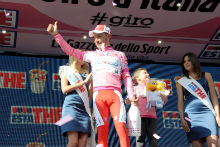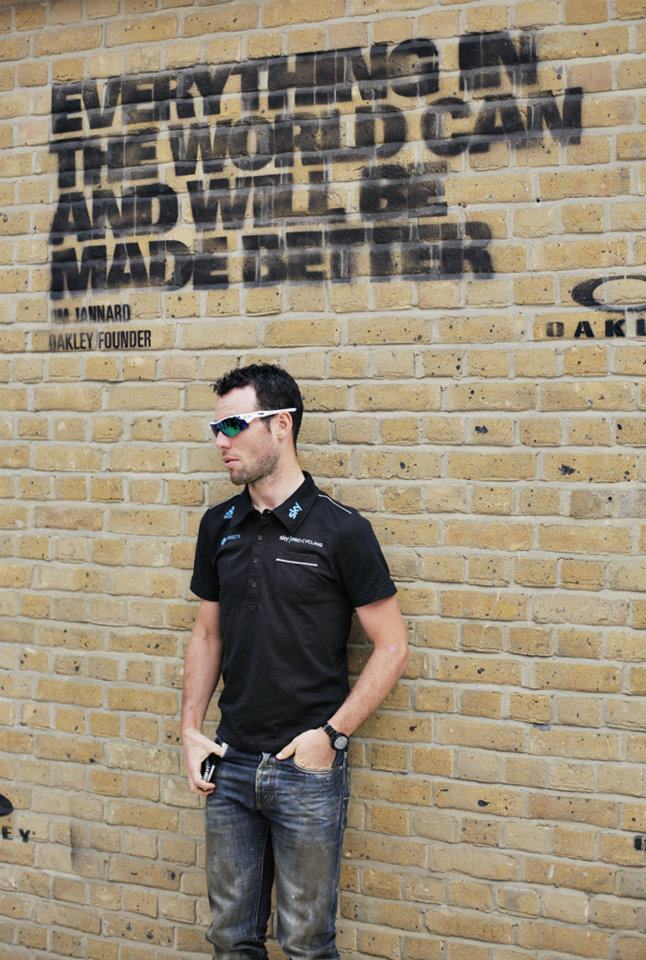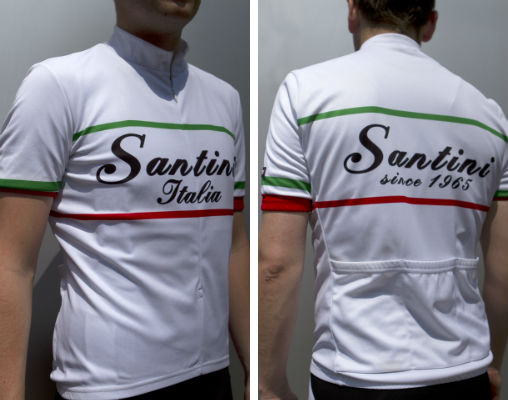Few sporting events have the power to transmit a national identity like cycling’s Grand Tours.
Second in the imagination of the global sporting public to the Tour de France, the Giro d’Italia has increasingly become the Grand Tour that has captured the hearts of cycling’s cognoscenti and, of course, the Italian public.
Italian bicycle builder, Wilier, the Trieste manufacturer with a 106-year history, is closer to the Giro than most.
Supplier to the Lampre-ISD squad, Italy’s highest ranked UCI WorldTour team last year, and to defending Giro champion, Michele Scarponi, hearts and minds at Wilier will be focused intently on this year’s corsa rosa.
Claudio Salomoni, is international sales manager at Wilier.
As an Italian, a senior manager at of one of Italy’s biggest bike manufacturers, a supplier to the WorldTour team of the defending Giro champion, Salomoni is ideally placed to give an insight in to the significance of the Giro for the Italian people and to Italian cycling.
“For sure, it is the national race,” he says. “In Italy, everyone talks about football, that’s clear, but the race in Italy is the Giro.”
“Football is the biggest, but the Giro is more lived by the people.”
Salomoni points to the huge crowds that line the Giro route each day as evidence for his assertion. Saturday and Sunday, he describes simply as “crazy”. Weekday visits from the Giro spark impromptu holidays. “I was in Verona at the time trial last week. There were thousands and thousands of people outside offices.”
Salomoni readily admits that triumph in the Tour de France would be of greater commercial significance to Wilier, but says that, like all Italians, the Giro is in his heart.
“The Tour de France is more famous, but it’s more difficult to win the Giro,” he says. “From the technical side of the race, it’s long and difficult. It’s not just A to B. Everyday there are difficulties.”
Twice Wilier has tasted the success of overall victory at the Giro, most recently with the belated installation of Michele Scarponi as 2011 champion ahead of this year’s race, following Alberto Contador’s disqualification, and once in 1948 with the victory of the legendary Fiorenzo Magni.
Magni’s victory, achieved by just 11 seconds, the smallest margin in the Giro’s history, but more impressively at the expense of three-time winner (and double Tour champion) Gino Bartali, remains a source of pride at Wilier, says Salomoni.
He identifies Astana, riding for Roman Kreuziger, among the strongest teams in this year’s Giro, and backs his own rider, the defending champion. “We cross fingers for Scarponi, but we will see,” says Salomoni.
The Giro’s early stages are about saving energy, he says, and predicts that the overall winner will be the smartest rider. He draws the analogy of a burning candle to the inexorably draining of physical resources over a three-week race. “Sometimes we say the Giro is not won by the strongest, but the rider who saves the most energy. The more energy you are able to save, the easier it is in the last week.”
The Giro’s importance to Wilier is two-fold. The oxygen of publicity is vital to any commercial enterprise and Wilier is no exception. Additionally, the input of Lampre-ISD’s riders draws heavily on their experience in the Giro. “We receive feedback and change things. We say the frame is their office. We stay in our chair for eight hours a day; they ride a bike for up to eight hours a day. The frame is very important and we work closely with them,” says Salomoni.
Wilier, he believes, is perhaps alone in making (at significant expense) individual carbon moulds to produce a bespoke frame for each of Lampre-ISD’s riders.
“We are probably one of the few companies who produce different geometry frames for the professionals,” he says. “The professionals normally ride a Cento Uno. We sell this frame in normal sizes. For the professionals, we build extra moulds with a longer top tube and lower head tube.”
Only the team’s joint leaders, Scarponi, and 2004 Giro champion, Damiano Cunego, ride the super lightweight Zero 7, a machine which in production form fails to meet the UCI’s minimum weight limit of 6.8kg.
“We have six moulds we normally sell. We build two extra moulds for Scarponi and Cunego. It’s a very light frame which we give to light riders. Pettachi doesn’t need this type of frame. Scarponi and Cunego sometimes use [Campagnolo] Record instead of Super Record; they need to add weight to the bike.”
As of writing, Scarponi is thirteenth on GC, one minute and 11 seconds off the lead; Cunego is a further three places and 13 seconds back. The race will finish again with a time trial in Milan. “The time on the general classement is especially made on the two time trials,” says Salomoni. “For the mountains, nobody loses or gains more than 20 seconds. If there was no time trial, the leader would win by 20 seconds.”






